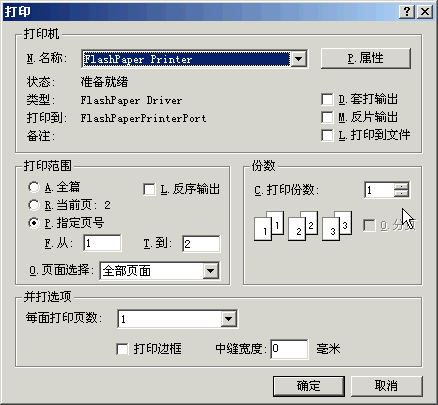多线程的那点儿事(之生产者-消费者)
【 声明:版权所有,欢迎转载,请勿用于商业用途。 联系信箱:feixiaoxing @163.com】
生产者-消费者是很有意思的一种算法。它的存在主要是两个目的,第一就是满足生产者对资源的不断创造;第二就是满足消费者对资源的不断索取。当然,因为空间是有限的,所以资源既不能无限存储,也不能无限索取。
生产者的算法,
WaitForSingleObject(hEmpty, INFINITE);
WaitForSingleObject(hMutex, INIFINITE);
/* produce new resources */
ReleaseMutex(hMutex);
ReleaseSemaphore(hFull, 1, NULL);
WaitForSingleObject(hEmpty, INFINITE);
WaitForSingleObject(hMutex, INIFINITE);
/* produce new resources */
ReleaseMutex(hMutex);
ReleaseSemaphore(hFull, 1, NULL); 消费者的算法,
WaitForSingleObject(hFull, INFINITE);
WaitForSingleObject(hMutex, INIFINITE);
/* consume old resources */
ReleaseMutex(hMutex);
ReleaseSemaphore(hEmpty, 1, NULL);
WaitForSingleObject(hFull, INFINITE);
WaitForSingleObject(hMutex, INIFINITE);
/* consume old resources */
ReleaseMutex(hMutex);
ReleaseSemaphore(hEmpty, 1, NULL); 那么,有的朋友可能会说了,这么一个生产者-消费者算法有什么作用呢。我们可以看看它在多线程通信方面是怎么发挥作用的?首先我们定义一个数据结构,
typedef struct _MESSAGE_QUEUE
{
int threadId;
int msgType[MAX_NUMBER];
int count;
HANDLE hFull;
HANDLE hEmpty;
HANDLE hMutex;
}MESSAGE_QUEUE;
typedef struct _MESSAGE_QUEUE
{
int threadId;
int msgType[MAX_NUMBER];
int count;
HANDLE hFull;
HANDLE hEmpty;
HANDLE hMutex;
}MESSAGE_QUEUE;
那么,此时如果我们需要对一个线程发送消息,该怎么发送呢,其实很简单。我们完全可以把它看成是一个生产者的操作。
void send_mseesge(int threadId, MESSAGE_QUEUE* pQueue, int msg)
{
assert(NULL != pQueue);
if(threadId != pQueue->threadId)
return;
WaitForSingleObject(pQueue->hEmpty, INFINITE);
WaitForSingleObject(pQueue->hMutex, INFINITE);
pQueue->msgType[pQueue->count ++] = msg;
ReleaseMutex(pQueue->hMutex);
ReleaseSemaphore(pQueue->hFull, 1, NULL);
}
void send_mseesge(int threadId, MESSAGE_QUEUE* pQueue, int msg)
{
assert(NULL != pQueue);
if(threadId != pQueue->threadId)
return;
WaitForSingleObject(pQueue->hEmpty, INFINITE);
WaitForSingleObject(pQueue->hMutex, INFINITE);
pQueue->msgType[pQueue->count ++] = msg;
ReleaseMutex(pQueue->hMutex);
ReleaseSemaphore(pQueue->hFull, 1, NULL);
} 既然前面说到发消息,那么线程自身就要对这些消息进行处理了。
void get_message(MESSAGE_QUEUE* pQueue, int* msg)
{
assert(NULL != pQueue && NULL != msg);
WaitForSingleObject(pQueue->hFull, INFINITE);
WaitForSingleObject(pQueue->hMutex, INFINITE);
*msg = pQueue->msgType[pQueue->count --];
ReleaseMutex(pQueue->hMutex);
ReleaseSemaphore(pQueue->hEmpty, 1, NULL);
}
void get_message(MESSAGE_QUEUE* pQueue, int* msg)
{
assert(NULL != pQueue && NULL != msg);
WaitForSingleObject(pQueue->hFull, INFINITE);
WaitForSingleObject(pQueue->hMutex, INFINITE);
*msg = pQueue->msgType[pQueue->count --];
ReleaseMutex(pQueue->hMutex);
ReleaseSemaphore(pQueue->hEmpty, 1, NULL);
}
总结:
(1)生产者-消费者只能使用semphore作为锁
(2)编写代码的时候需要判断hFull和hEmpty的次序
(3)掌握生产者-消费者的基本算法很重要,但更重要的是自己的实践
补充:软件开发 , 其他 ,




